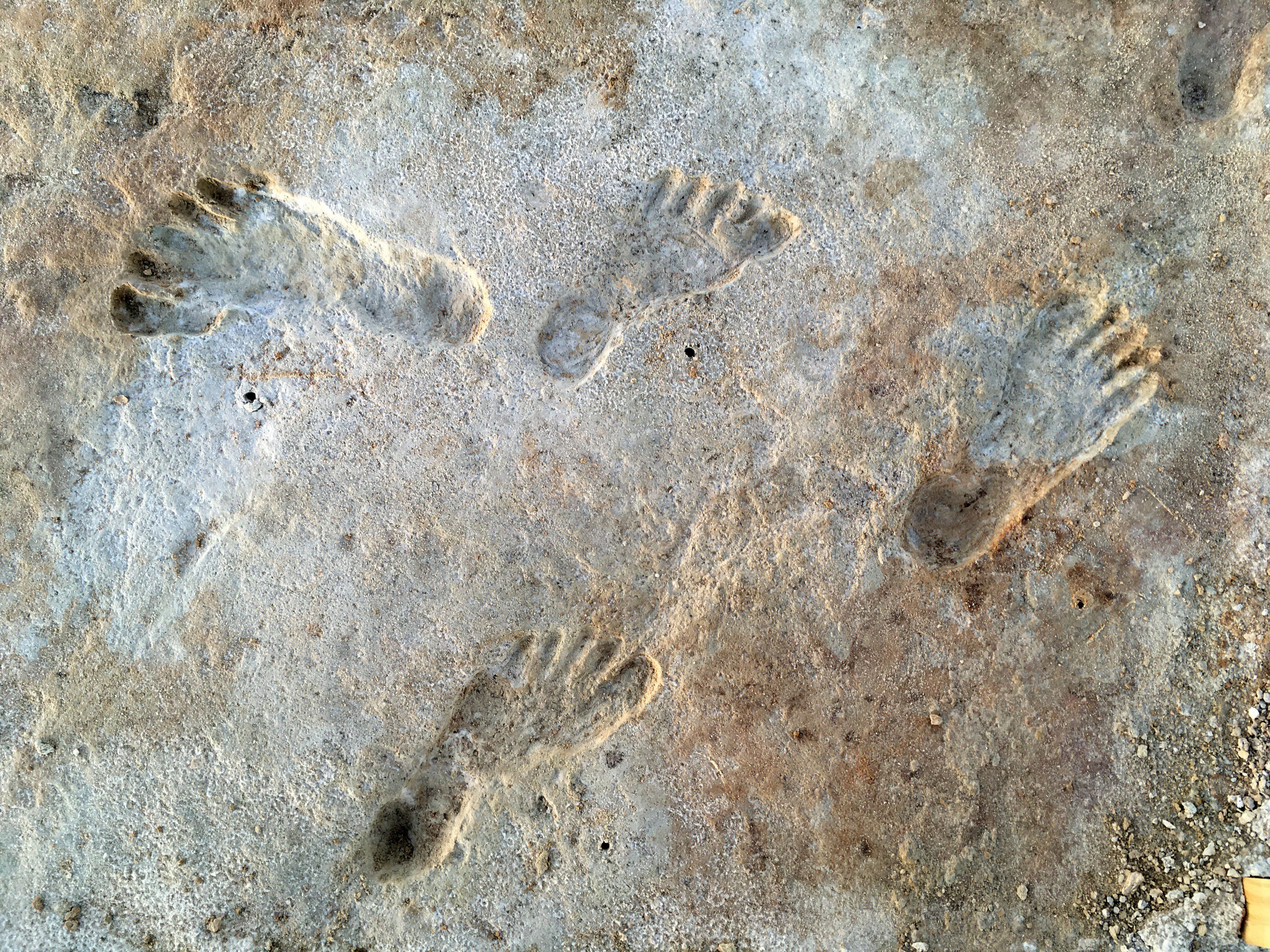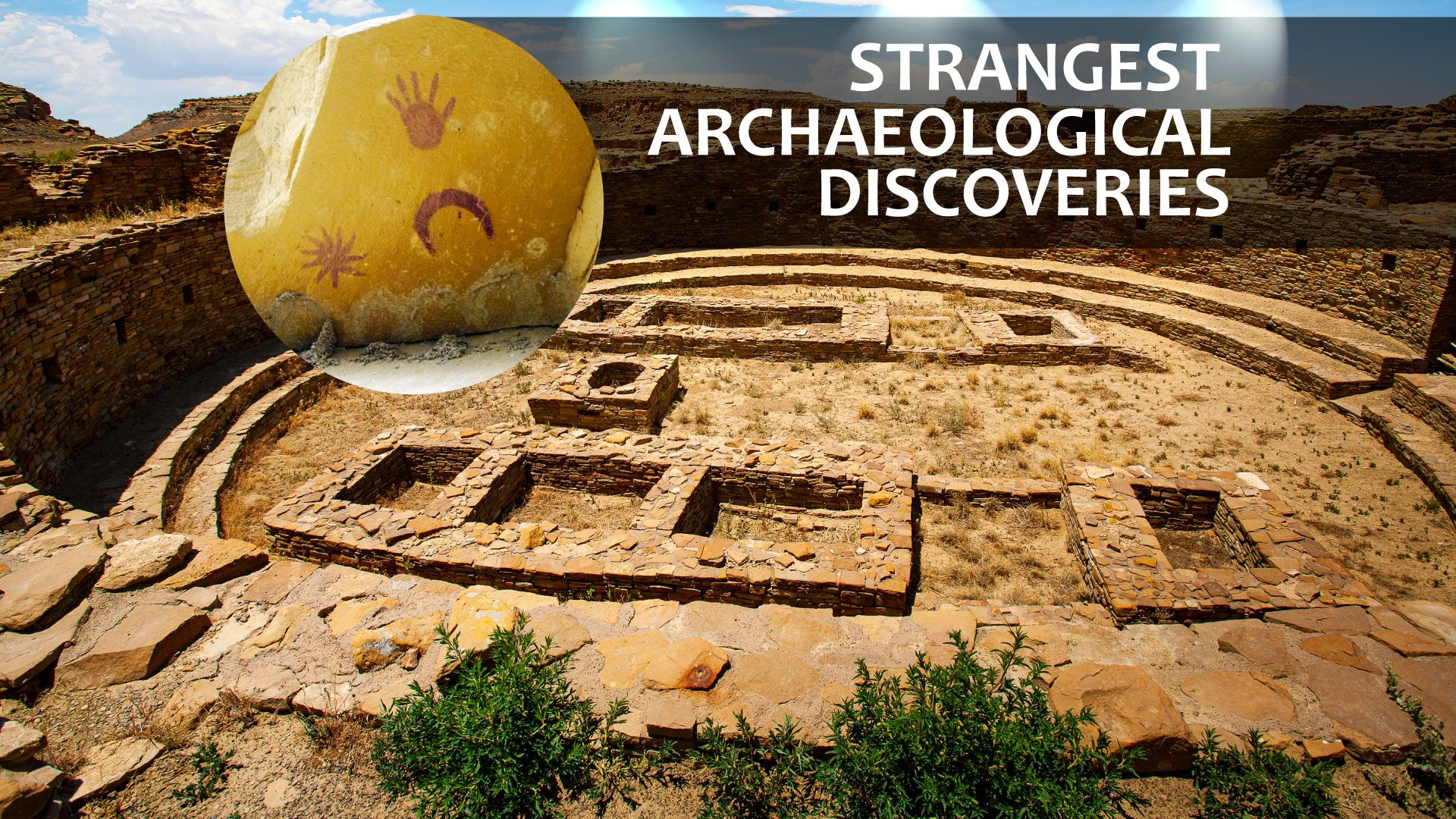From the Arctic to the Antarctic and from the Siberian cold desert to South America, archaeologists worldwide are constantly exploring, discovering, and studying the history of the world. These custodians of our past, with science at their fingertips, are continually unearthing facts with some of the world's most recent archaeological discoveries.
Most people have heard of the Nazca Lines. These massive geoglyphs in Peru etched onto the sprawling desert are a sight that many dream of seeing. The most unusual lines in the Nazca Desert include a knife-wielding orca, a headless humanoid, a monkey with a spiraled tail, and a cat on a mountainside.
While almost everyone has heard of the Nazca Lines, most people have no idea what the Blythe Intaglios are. For those in the U.S., it can be a shock to discover that there are giant geoglyphs in the Colorado Desert! Just outside the town of Blythe in California lies an ancient work of art mysterious to the general population and archaeologists alike. Many consider them some of the most mysterious artifacts ever discovered in America.
What are these mysterious geoglyphs? What makes them mysterious? Find out all about these incredible American geoglyphs right here.

Related
8 Native American Discoveries That Rewrote History
These eight discoveries about Native Americans have changed the way archaeologists and historians understand the history of the U.S.
What Are The Blythe Intaglios?
The Blythe Intaglios are stunning works of art from a bygone era of America's history
The sleepy Californian town of Blythe, which sits near the border of Arizona, is known for being a farming community and a site for golfing. However, Blythe has a mysterious historical secret: it is home to America's very own gigantic geoglyphs! Only 16 miles from the town lie a series of beautiful intaglios just off Highway 95. Like their famous counterpart in Peru (the Nazca Lines), these beautiful examples of Native American art were seemingly etched into the vast expanse of the Colorado Desert.
The method used was ingenious: the topsoil of the desert was scraped away to reveal different colored soil and rocks beneath. By scraping this top layer into the design's pattern, the people who made the Blythe Intaglios were able to create gorgeous works of art.
This group of geoglyphs consists of three human figures, two four-legged animals that have yet to be identified, and a spiral (a second spiral may yet be out there, as previous reports have mentioned). Of all these designs, the first humanoid figure is the most famous; it's 171 feet long!
Archaeological research has dated the figures to around 900 BCE and 1200 CE, meaning that they were likely carved at different dates by different generations of people. However, some have suggested that the animal figures represent horses, meaning that a date after 1500 CE would need to be used for these figures. This debate is still ongoing since the animal figures could easily be something else, like mountain lions.
Location: | Blythe, California |
Size of the biggest geoglyph: | 171 feet |
What do they depict? | People, unknown animals, a spiral |
How Were The Blythe Intaglios Discovered?
The Blythe Intaglios were discovered by accident by a pilot flying above California's Colorado Desert
This part of California is not as famous as other areas of the state, like L.A. or San Francisco. Out in the vastness of the desert, precious few make their way through this area, especially throughout historical times. Because of their remote nature, before the 1930s, the scientific community had no idea that the Blythe Intaglios existed.
In 1932, a pilot named George Palmer was making a flight between Las Vegas and Blythe. While in the air, he noticed something amazing and strange: several large drawings seemingly etched into the earth! When he landed, he reported these impressive artworks to archaeologists.
Later that same year, the Natural History Museum of Los Angeles County curator surveyed the area, leading to decades of study. The Blythe Intaglios is easily one of America's most incredible archaeological discoveries ever.
Year discovered by scientists: | 1932 |
Discoverer: | George Palmer |

Related
7 Strangest National Park Sites In Arizona
Discover some of the strangest sites in Arizona's national parks system, from ancient ruins to prehistoric forests to paranormal hotspots.
Who Created Them & What Were They Used For?
No one knows who created the Blythe Intaglios of California, but their use is well-known to archaeologists and Indigenous peoples
Human Figure, Blythe Intaglios, California
As of 2024, no one knows who made the Blythe Intaglios. Despite decades of searching and asking questions, archaeologists haven't been able to link this stunning earthen artwork to any specific culture. No local Native American groups have even claimed to make the intaglios, either! For such beautiful artwork, it's a surprise that no one has been able to link it to any one group or culture.
Despite the academic community's lack of understanding of who created the intaglios, they're nevertheless an important part of indigenous history in the area. While no group has claimed the artworks as their own, local groups like the Mohave and the Quechans have said that the works are sacred and were used in their religious practices. These groups say that the humanoid represents Mastamho, their creator deity, and the animals represent Hatakulya, the mountain lion.
As to their purpose, they were always intended to be religious, regardless of who created them. Mohave and Quechan religious ceremonies were said to have been held here by these groups in ancient times. This is corroborated by large circular abrasions in the earth that are similar to the intaglios themselves. These circles could indicate that many people were dancing circularly beside the intaglios. It's theorized that the intaglios were stopping points for desert pilgrims on sacred journeys.

Related
7 Strangest Archaeological Discoveries In America
These seven archaeological discoveries in America reveal some strange and unique aspects of life in Pre-Columbian times.
Are There Other Giant Geoglyphs In America?
The Blythe Intaglios are just the tip of the iceberg in terms of American geoglyphs
The Blythe Intaglios are a great jumping-off point for those interested in American geoglyphs. Did you know that the Colorado Desert is home to over 200 similar intaglios that are significantly less well known? One site, Topock Maze, located near Needles, California, was created using the same gravel-scraping art technique and has multiple layers of human artistic interaction over many centuries.
Most are quite obscure and aren't well known to science. This would be a great topic for future researchers for a dissertation or an academic paper. Who knows, maybe you'll be the person to expand our knowledge of these amazing works of ancient art.

Related
Did You Know These 10 Foods Were Native To North America?
North America has some interesting delicacies in its early history, even if they seem weird today.
Can You Visit The Blythe Intaglios?
Tourists will be overjoyed to learn that the Blythe Intaglios are free to visit
Those who love American Indigenous history are lucky because the Blythe Intaglios can be visited in 2024. A fence protects the geoglyphs themselves, but you can still see their beauty from a slight distance. They're one of the most mysterious ancient sites in the United States that you can visit. Plus, they're free to stop at!
If you visit these amazing works of art, please do not damage or vandalize the site. Always be respectful of indigenous sites. Remember their astounding age and the many people who have cared for them over the years, and remember that this site is sacred to many.